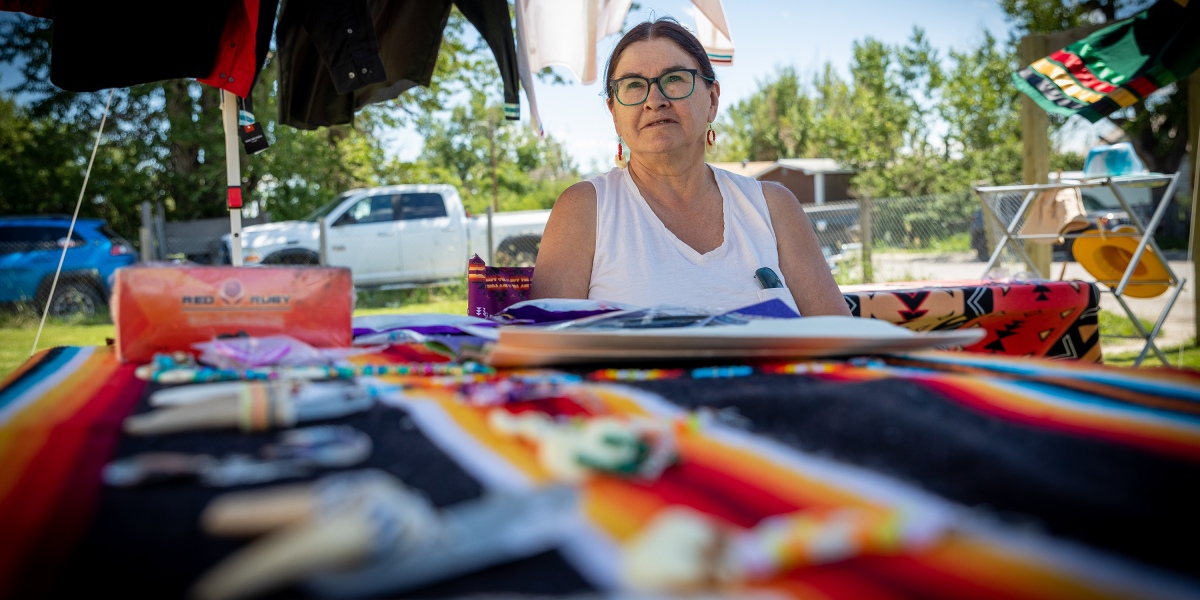
And all that work at the “last mile”—installing or upgrading the antennas and cables that link up homes and businesses—is only part of the story. There’s also the “middle mile”—the infrastructure that small networks need to feed their data into the international telecommunications backbone. For the Blackfeet, this would involve updating that local exchange in Browning and hooking it up to a carrier hub servicing all of North America and the world.
“The middle-mile fiber is missing,” says Matthew Rantanen, technology and telecommunications cochairman of the National Congress of American Indians. “We did the math, got maps from carriers and tribes, worked with the GIS folks and anchor institutions—there’s about 8,000 missing miles in the Lower 48 states, 1,800 just in California. That’s a billion-dollar problem on its own just in the Lower 48.”
Work to be done
Since the rollout of the CARES Act in mid-2020, with its initial deadline to have billions of dollars spent by December 2021, tribes have scrambled to digest the opportunity. The Blackfeet’s purchase of the local exchange was one of the few things that could be completed in a timely fashion.
Unfortunately, not every tribe has been able to take as much advantage of these funds. “A lot of tribes didn’t apply for the money,” says Rantanen. “Some tribes are very advanced, and some have zero personnel. Or they have grant writers who don’t know how to think about technology trying to write tech grants.”
And now, costs are going up because of inflation, among other factors.
“Prices are getting bid way up. The money won’t go as far as it did.”
Mike Sheard, Siyeh Communications
Fiber projects suffer from a bottleneck in the global supply chain. Major communication players like AT&T and Verizon have been buying every pallet of cable they can find. That leaves small projects like those on Indian reservations waiting 60 weeks or more to fill orders. Many had to seek waivers for the spending deadline.
“The federal government appropriated over $60 billion for broadband, and the vendors know that,” says Mike Sheard, president of Siyeh Communications, the corporation created to oversee the new telecom exchange on the Blackfeet Indian Reservation. “Prices are getting bid way up. The money won’t go as far as it did.”
While Rantanen says federal broadband funding likely won’t be enough to dig fiber rings for every tribe, a clever planning department can lay a lot of cable while rebuilding a subsidized road or replacing an Infrastructure Act–supported water line.
